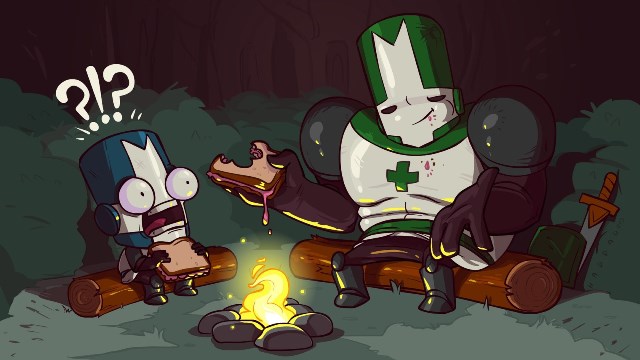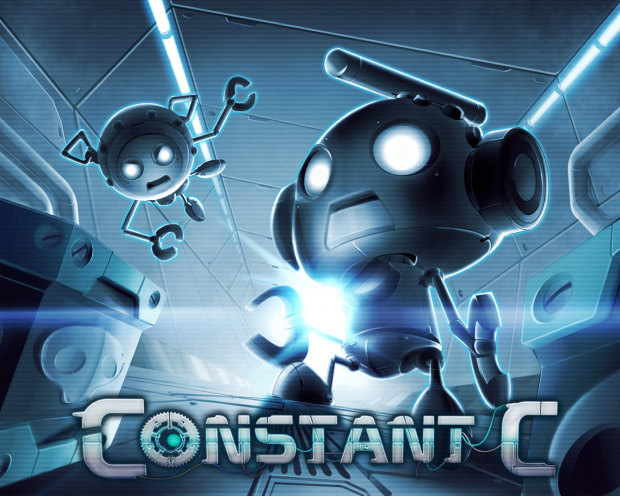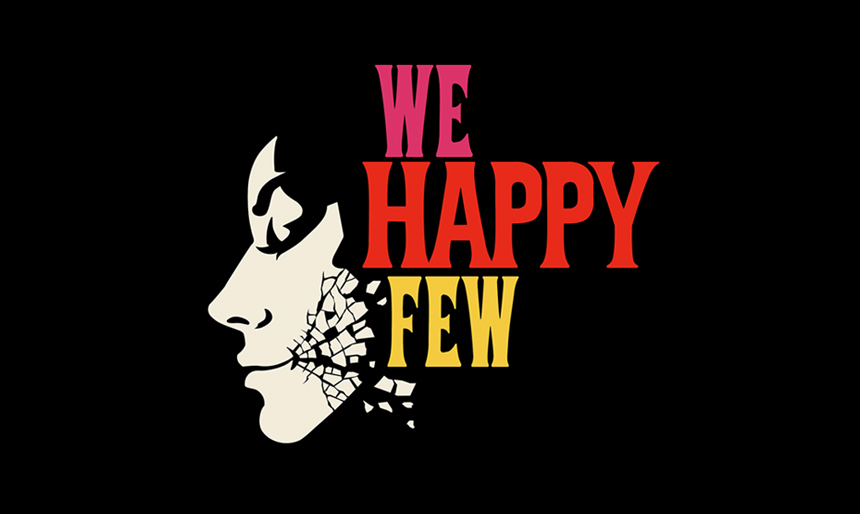 11 years ago
11 years ago
We Happy Few preview: Be happy…or else
The bright white face masks of We Happy Few turned heads on the PAX East show floor this year with their sinister gaze and art style. If you played Contrast, you will immediately recognize Compulsion Games’ handiwork. We Happy Few‘s characters wear a look that says, “Be happy, or else.” And that’s what the game is about.
Creative Director Guillaume Provost explained that We Happy Few explores a dystopian alternate history that takes place 20 years after the Nazis won World War II. How might have Hitler’s ideological fantasies manifested themselves over time? What would daily life be like? What would happen if you tried to resist?
It’s these open questions that the team at Compulsion Games put a lot of thought into. They came up with a world in which the government engineered a utopia where every single person is required to be blissfully happy — no exceptions. To accomplish this, the government keeps everybody drugged so that they will never need to worry about anything at all, not even worry itself. Everybody must be happy, and everybody must conform.
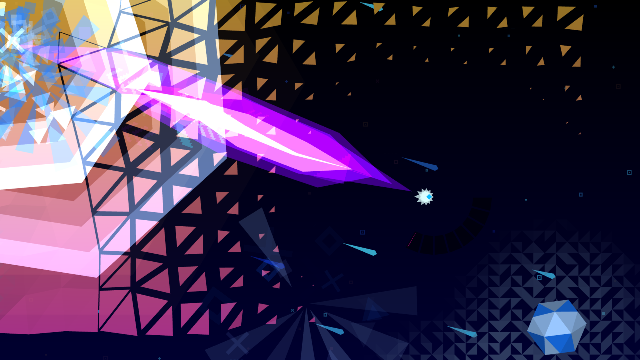 11 years ago
11 years ago
We Are Doomed preview: Playing with fire
It looks and plays a lot like Geometry Wars. This is the inescapable reality of We Are Doomed, an upcoming twin-stick shooter from one-man studio Vertex Pop. The world is colored with softer, pastel hues, and the enemies are tangible things instead of angular shapes. But anyone who has played Geo Wars will immediately grok what they’re seeing and experiencing in We Are Doomed and will know exactly what to do. Creator Mobeen Fikree isn’t shying away from the comparison.
“I don’t mind,” he told XBLA Fans earlier this month at PAX East. “I think Geometry Wars is a great game, and following in that lineage of Robotron, Smash TV, Geometry Wars and then, you know, this. I’m happy to be a part of that lineage. When people go, ‘Oh, it’s like Geometry Wars!’ I’m like, ‘Yeah, it’s like Geometry Wars.'”
Until it’s not.
The moment you use the right stick to open fire on the waves of space baddies swarming the screen it becomes clear how We Are Doomed diverges from the formula. Instead of blasting enemies with a never-ending stream of long-range laser fire, players instead must rely on a medium-range “overpowered laserbeam,” as Vertex Pop’s website describes it. In actuality, it doesn’t come off like a laser at all. Instead, it looks and feels more like you’re wielding a flamethrower with an infinite fuel supply. Nudging the stick farther in any direction will elongate the beam/flame, but it will never cause it to reach clear across the screen.
If you want to defeat the baddies — and you’ll of course need to do so if you want to make any progress in the game — then you’ll need to get a bit closer than you may be used to getting in other twin-stick shooters. “You have to dive into the action,” explained Fikree. “You have to be close range if you want to zap baddies — you can’t sit in one corner of the map and shoot things all the way in the other corner.”
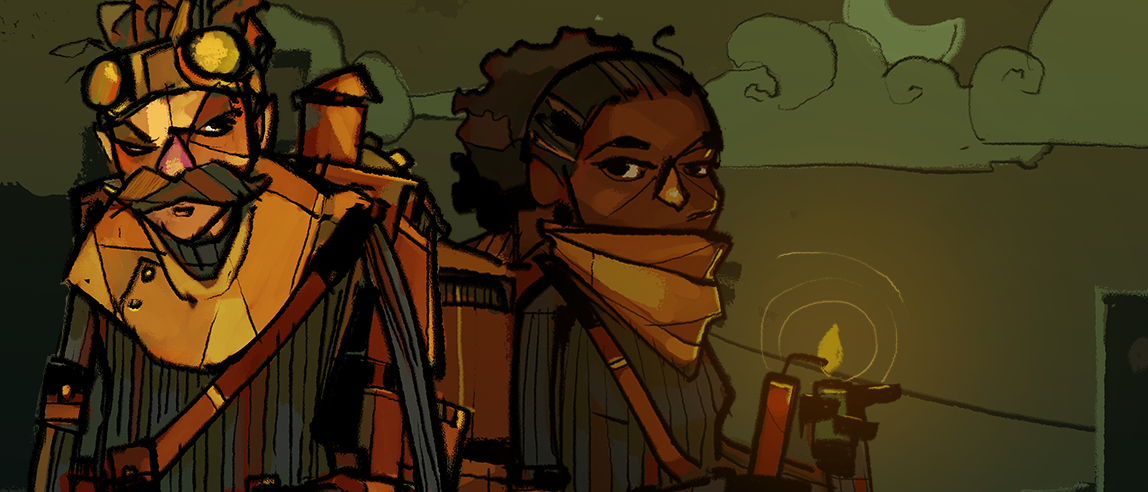 11 years ago
11 years ago
The Swindle is designed to be a stealth game for people who hate stealth games
Do you like the idea of robbing people, gaining crazy amounts of cash and buying really cool stuff, but hate the idea of having to sneak around listening to guards’ conversations for hours? Well, then Size Five Games’ The Swindle may be for you.
The Swindle is a steampunk/cyberpunk heist game that takes place in a version of London where the police have the perfect solution to all of the city’s crime: they’re going to use artificial intelligence to surveil all of London. “As a master thief, that will sort of ruin your job,” explains Size Five Games Director Dan Marshall. The police are going to activate this AI in 100 days, which means that’s all the time you have to try and steal it. Every time you do a heist, whether you succeed or fail, the counter goes down.
Players will collect money while on heists, and, naturally, having more money means you can buy better upgrades and tools that in turn increase your security clearance. Your goal is to collect enough coin throughout the game to gain a high enough security clearance to enter the police district and steal the AI before times run out.
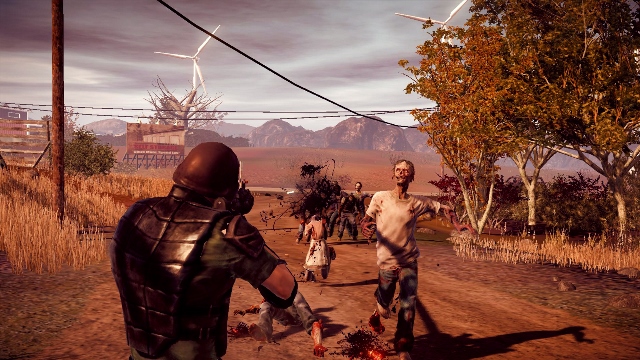 11 years ago
11 years ago
State of Decay contractors hid ‘a ridiculous amount of genitalia’ in game’s background
Announced all the way back in August of 2014, Undead Labs’ State of Decay: Year One Edition is an up-ressed version of the 2013 zombie-survival game along with its Breakdown and Lifeline DLC. Undead has redone all of the game’s textures and bumped up its resolution to 1080p for this remastered edition. And although parts of the environment still draw in as the player gets closer to them, that now occurs much farther into the distance than before.
While performing all of this work the studio discovered something that was as unexpected as it was crude. “Some of our contractors worked a ridiculous amount of genitalia into the background,” Undead Labs Senior Designer Geoffrey Card told XBLA Fans at PAX East this past weekend.
Since Seattle-based Undead was a small indie studio with a vision for an open-world game, it needed to turn to outside help in order to complete development of the original State of Decay. Apparently, unbeknownst to Undead until recently, some of those hired guns secretly and liberally drew penises into the game’s backgrounds. The phalluses were not visible in the original release due to its lower resolution and lower-quality textures, so they slipped through testing unnoticed and made their way into the final game.
When the enhanced resolution and texture quality brought the penises to Undead’s attention the studio began working them out of the game. The genitalia is not visible in any publicly available version of the game.
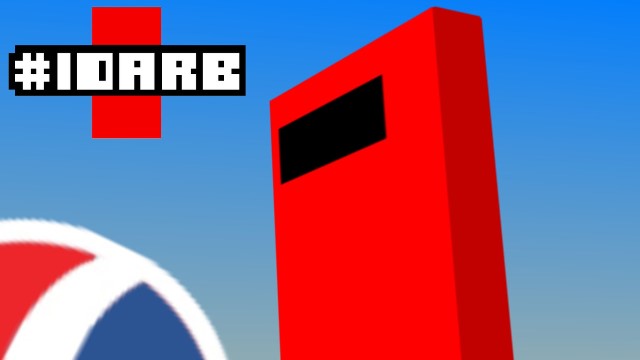 11 years ago
11 years ago
#IDARB: It gives away a red box
Mike Mika has a problem. Gamers who’ve secured free copies of #IDARB, his multiplayer hybrid basketball/platformer game, likely don’t consider it to be a problem, but for Mika and his team at developer Other Ocean Interactive, it absolutely is. And it’s one that the head of development at Other Ocean can’t help but exacerbate.
“The problem we have, everything is so…we’re just so fixed in our ways,” the design director tells XBLA Fans, “it’s like, ‘Well, this should just be free. It should just be free.’ And we’re probably part of the problem when you hear people complain about free-to-play games, and how that’s been a race to the bottom on being able to make money. I can see how that happens, because while we’re putting this game together it feels like the right thing to do by all the gamers is to give [#IDARB] to them. I’m sure it’s dangerous. We can’t afford to keep giving it to them.”
But he wishes that they could. While acknowledging that giving too much away is “dangerous,” Mika says that his studio is “definitely erring on the side of being as extremely fair as possible.” No one who’s followed #IDARB (It Draws a Red Box) would dispute that that’s exactly what Other Ocean has done with its game. Mika solicited the help of every gamer with an opinion when designing #IDARB. Then he gave his game away for free before it released. Then he again gave it away for free when it released. Now he wants to give some additional #IDARB content away for free — all of its additional content, actually. But he can’t do that; he’s got a family to feed, and a studio to make profitable. So how does Mika do that? Where does he draw the line between what’s free and what’s for sale? He’s not really sure.
 11 years ago
11 years ago
Passing it on: The Behemoth’s Gold Egg Project
John Baez doesn’t want Asteroid Base’s money. It’s as if the three men who make up the studio are old friends of Baez’s, and on this day they just happen to be patrons of his business. Their money is no good here.
They are not old friends, though. Baez, president and co-founder of indie game studio The Behemoth, only first met the members of Asteroid Base during PAX Prime of 2013. He noticed their still-in-production game Lovers in a Dangerous Spacetime had picked up a few awards and had a certain individuality to it. Lovers has a way of causing onlookers to gravitate towards it that’s not entirely unlike the way the game’s pink Death Star has a penchant for attracting the attention of enemy spaceships.
In the game, a pair of benevolent astronauts pilot a neon spacecraft around the universe, wishing only to survive. But then something catches their eyes, something they can’t ignore. A group of evil robots known as “The Haters” have ensnared innocent bunnies and locked them away in jail. The astronauts refuse to stand idly by while innocent creatures suffer, so they show some initiative, scrambling around the bowels of their craft and tinkering away at control stations that unleash firepower of a magnitude that they can only hope The Haters are unable to repel. Despite the protagonists’ violent response, Asteroid Base sees the titular lovers as good Samaritans. The pair have somehow survived this long on their own out in the frightening yet awe-inspiring uncertainty that is space, even managing to thrive in it without any support from large, external entities. Now they want to help other space-faring beings like them do the same.
The Behemoth knows the feeling. Founded in 2003, the San Diego studio responsible for such hits as Alien Hominid and Castle Crashers chose to go it alone in another dangerous environment. The developer released its games sans publisher in the competitive console gaming space. The Behemoth found success, but it wasn’t easy doing it through self-funding — Baez mortgaged his house, and co-founder Tom Fulp kicked in some of his personal savings to help finance development in the early days. But they did it, and they were successful enough that they’re now in a position of strength.
A few years ago, Baez and Company used that strength to quietly start something called The Gold Egg Project. Gold Egg is a funding initiative meant to help other indies bring their games to market, but unlike a traditional publisher, The Behemoth doesn’t take any of its beneficiaries’ profits — it only wants to help them. Now The Behemoth is helping Asteroid Base, and Baez hopes the studio will one day pass it on.
Being indie
For almost as long as there has been game design there have been independent game designers. The term “indie,” while well-established today, is newer. It means something; it’s just that no one seems to be able to agree upon exactly what that something is. So it was for The Behemoth back in 2005 when the tenderfoot studio’s Alien Hominid was winning Independent Game Festival Awards for Innovation in Art, Technical Excellence and Audience Choice.
Baez recalls of that time that “there was a lot of controversy [as to] whether we were indie or not, solely because we were on a console. Other developers said, ‘You can’t be indie because you’re on a console.’ And it’s like, ‘Well, we’re indie because we funded it.’ Now that’s our definition of indie.”
 12 years ago
12 years ago
ID@Xbox highlights five unique games
It feels like we’ve been waiting on game announcements for some time, but the ID@Xbox team unleashed the floodgates last week for the first wave of titles using the new independent development program. Twenty-five games were showcased at a public event during GDC providing developers a chance for direct fan interaction. The ID@Xbox team released a video highlighting five of the games: Super Time Force from Capy Games, Strike Suit Zero Directors Cut from Born Ready Games, It Draws a Red Box from Other Ocean Interactive, Spectra 8 Bit Racing from Gateway Interactive and FRU from Through Games.
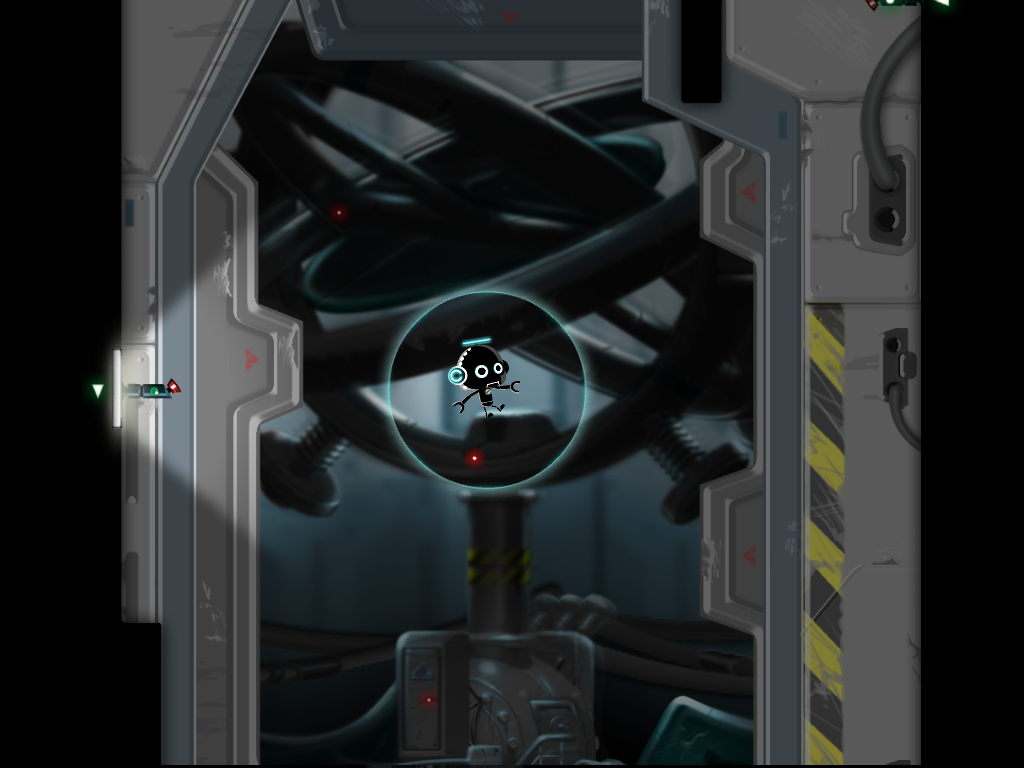 12 years ago
12 years ago
Constant C preview: Head spin
Constant C is mixes time, space and gravity gameplay mechanics into a physics-based puzzle-platformer. It’s headed to Xbox Live Arcade next week, but we’ve already played it extensively and spoken with one of its three creators.
So what exactly is “Constant C”? Light Wang of Taiwan-based developer International Games System Co. (IGS) tells XBLA Fans that the title comes from “the equation of mass–energy equivalence [which] is E = MC2. Constant C is the speed of light.”
In the game, scientists were trying to break the speed of light, but accidentally stopped the flow of time instead. As a result, all objects are frozen in time except for on-board artificial intelligences, such as the player character.
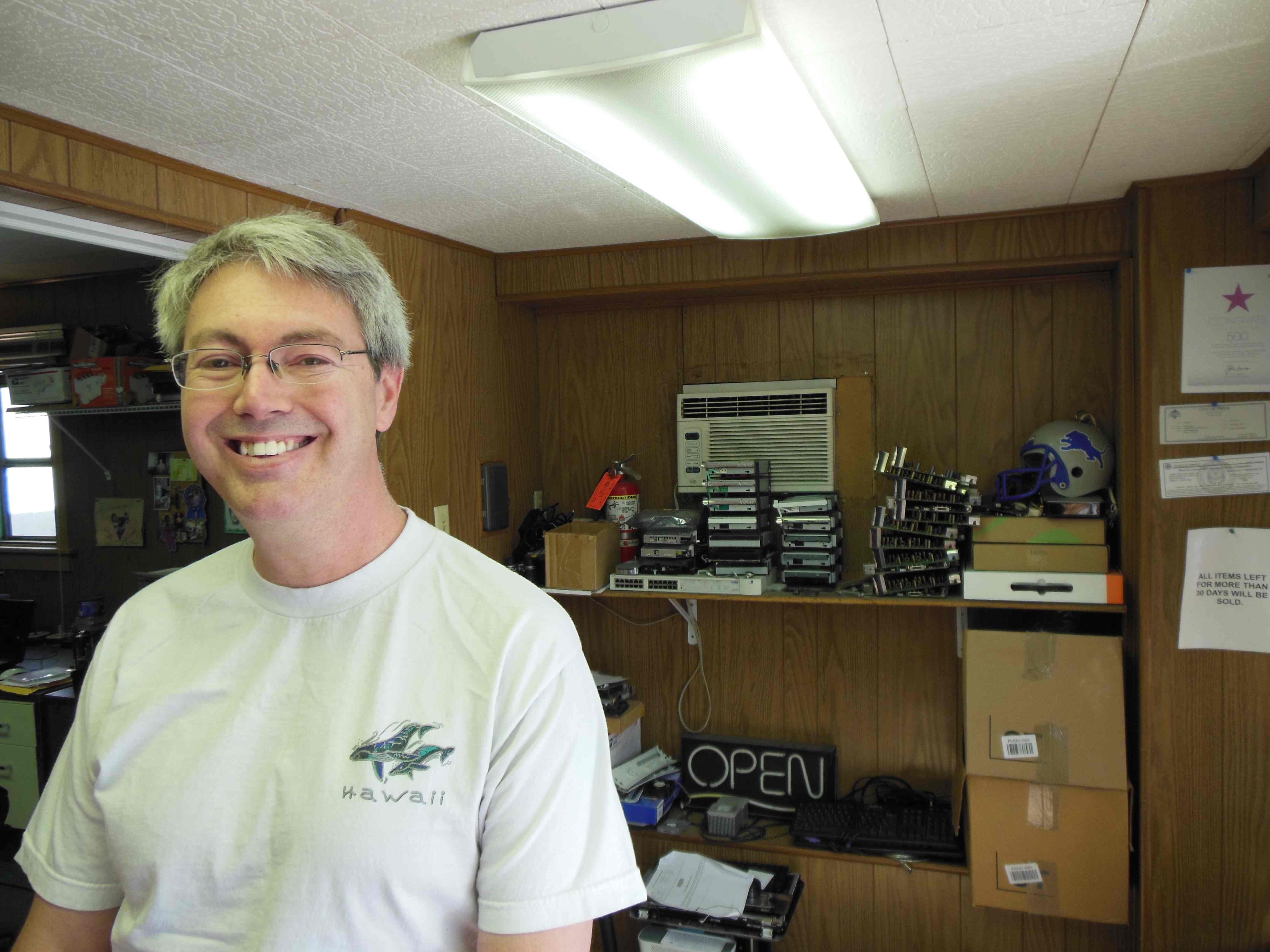 13 years ago
13 years ago
Red Ring of Death: Xbox pathologist explains the plague
Mere weeks after the launch of the hotly anticipated Xbox 360 in 2005, rumor spread like wildfire of a dreaded video-game Grim Reaper. We didn’t know why, how or when he would strike — all we knew was that he manifested himself with three red lights, cursing 360 consoles with a permanent GAME OVER. Microsoft ensured us that it was a minor problem that happened only to a select few, but time eventually revealed the ugly truth: everyone was at risk. After class-action lawsuits and bitter word of mouth, Microsoft finally put a three-year warranty in place, guaranteeing that all systems affected by the red lights would be fixed at no charge.
Chances are you have your own story about the Three Red Lights of Death. Perhaps your console was under warranty and returned after a few weeks. Maybe you bought a new one to skip the wait. You may have even cracked it open and somehow fixed the problem yourself. For me, my first system was killed by Overlord, one month before the launch of Halo 3. Four years later, my second system croaked after the first level of Gears of War 3, at which point in time the warranty had expired.
The Wizard of X
A replacement Xbox 360 Slim would have set me back at least $300, so I was somewhat relieved when my local GameStop referred me to David Peyregne, owner of Computers for Less. Peyregne is an experienced technician who has run his own business fixing computers and video game systems for over a decade. A former journalism student who turned to computer science, Peyregne sometimes lets his southern drawl come through his hollow voice that was scarred from polyps at a young age. With a husky explanation, he handed my system back to me, good as new, for $100, a sum much less daunting than the cost of a new console. Recently, I sat down with Peyregne to get the whole story on the Red Ring of Death: what causes it and how does Peyregne fix it? As it turns out, it took him a long time to figure it all out.
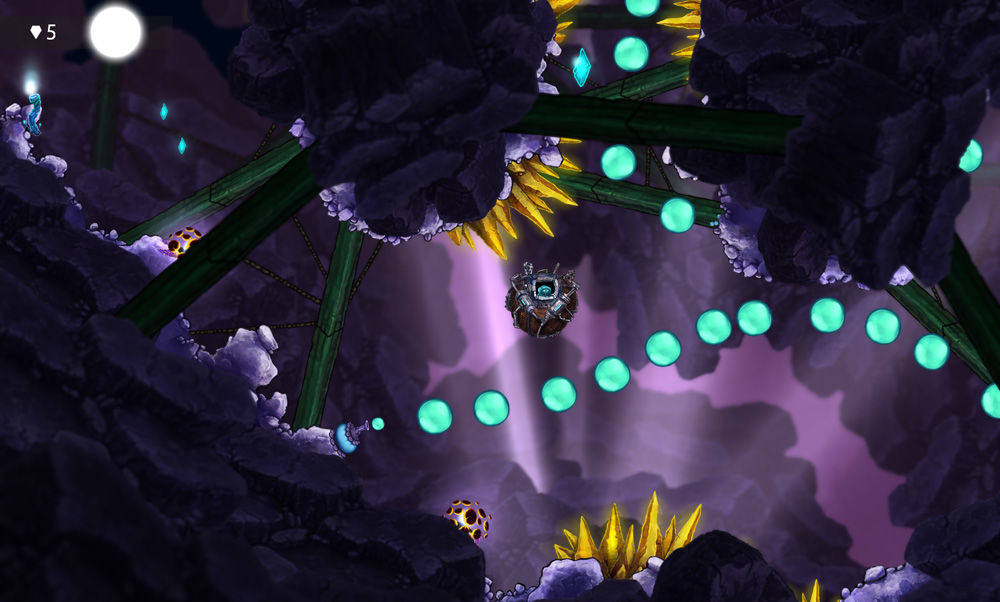 13 years ago
13 years ago
Busting a groove with Beatbuddy
The 2013 PAX East show floor was rife with crazy crowds clamoring for a chance to play the big games, but one odd figure stood out from the crowds. Imagine if Barney the Dinosaur had a little brother who forewent the path of children’s education and instead pursued hip beats, melodies and orchestrations of the newest, coolest music. That was Beatbuddy, the instantly lovable yet perplexing character rocking the show floor.
Nobody knows exactly who or what Beatbuddy is, but we do know that he lives inside a world where everything is musical. However, the Prince of Music, monarch of the music world, is so caught up in his fame and glory that he neglects a treacherous infestation of parasites corrupting the natural music ecosystem. Now, it’s up to Beatbuddy to step in and restore harmony (literally) to the land.


